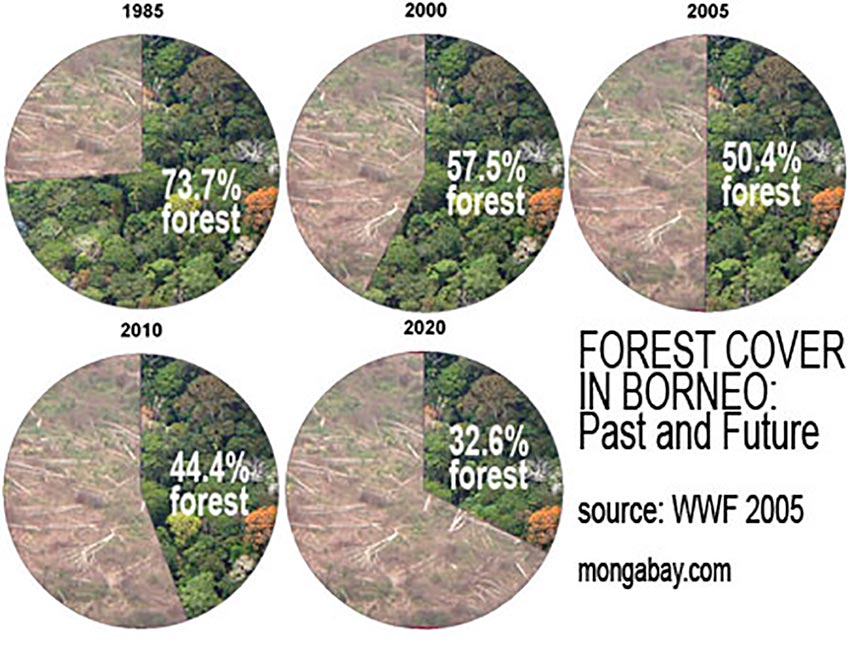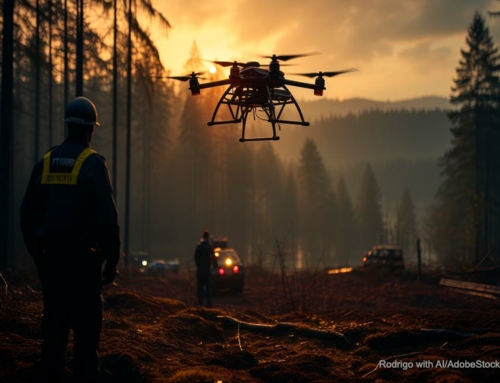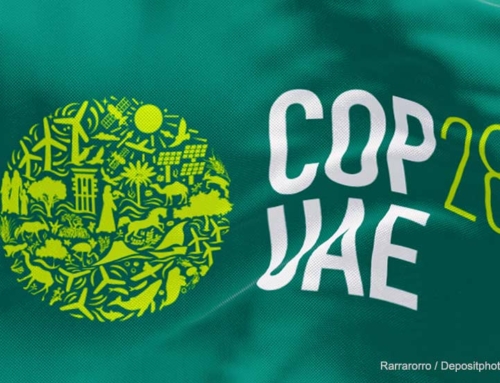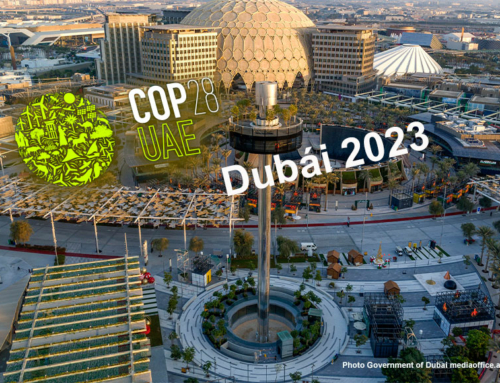Some scientists say that what is happening in Borneo is the largest and fastest man-made ecological catastrophe in human history.
Greenland, with its 2,175,600 km2, is the largest island in the world; New Guinea, with 792,500 km2, is the second and Borneo, with its 743,330 km2, ranks third among the largest islands on Earth and is larger than France.
Borneo (Kalimantan in Indonesian) has a curious political subdivision in three parts: Malaysia owns 26.7%, Indonesia 72.6% and Brunei less than 1%. As for their forests, they covered almost the whole island less than a century ago, but today only one-third of it remains. In Borneo there live about 18 million inhabitants and one of the most biodiverse fauna in the world.
In recent times, when we talk about Cubagua (a link), a tiny island located in the northeast of Venezuela, just 24 km2, we tell the ecological disaster that suffered in early times, since its millennial oysters, the only species of the place, were annihilate in a short period of 30 years, between 1515 and 1545. An example of predation so simple to understand and visualize, because of its smallness, rapidity and unique species, we said that Cubagua could serve as a Unit of Understanding and Measure to appreciate and quantify the extraction and intensive use of natural resources by humans, anywhere on the planet.
In Borneo, there is a predation made by homo sapiens in the 20th and 21st centuries, like as Cubagua, with the difference of its complex ecological systems and size, since it could accommodate on its surface more than 32,000 as Venezuelan small islands. For this reason, the Borneo case is not as simple as that of Cubagua. However, the data available, the opinions that are handled and the scarce updated information do not leave much space to intuit that the destiny of the forest and fauna of Borneo will not be very different from the one of the mother pearls of Cubagua, unless they are taken effective measures to stop the ecological catastrophe. Something that for some years is trying under the name of Corazón de Borneo, a protected area driven by several organizations among which the WWF (World Wide Founds), stands out.
Before this disaster the once lush rainforest of Borneo was almost impenetrable by the great variety and quantity of trees that preformed it to the decade of 1970. From then the forest was the object of a hostile deforestation, with loss of two thirds of its size, which made it the largest exporter of timber in the world, even above the Amazon and Africa together. In this way Borneo’s beautiful and varied trunks ended up as wooden houses, parquet floors, furniture, paper and other artifacts. Borneo now has its own local climate change (a link), which is an early warning sign of what could happen to the planet if the deforestation of the Amazon, the world’s largest vegetal lung, is not stopped.
The trees extracted in record time left enormous vacant spaces in the great island, that quickly were occupied with the sowing of the oil palm, known for its negative environmental impact, with severe losses of habitats and extinction of species, second shot of the destruction of the flora and fauna of Borneo, which has not stopped until today. Malaysia soon became the largest exporter of palm oil and its derivatives on a planetary scale, due to the growing demand for this raw material by large food, cosmetic and biofuel corporations, although some of them in recent years have canceled their relations with the big suppliers of the questioned oleaginous product.
As if that were not enough, to remove remnants of plant material and clean up extensive areas for palm oil sowings, frequent intentional burnings were carried out, which sometimes resulted in huge uncontrollable fires, further damaging the wildlife of Borneo, in addition to send millions of tons of greenhouse gases to the atmosphere, all of which is deficient in data and information.
Borneo was one of the most biodiverse places in the world. According to the WWF, it is estimated that the island has at least 222 mammal species, 420 resident birds, 100 amphibians, 394 fish and 15,000 plants.
Finding reliable and current figures on species reduction in Borneo is hard work, but do not be too creative to imagine that animal mortality must have gone in a straight line with the destruction of forests. One emblematic case is the orangutan of Borneo, whose population has fallen 60% in the last 60 years and is estimated to decline by another 22% by 2025. There are three causes that lead to this fast decline: habitat destruction, hunting and killing of orangutans to protect the fruit from the oil palms, which became the food substitute for the abused species.
To erase from the map such an ecological system, full of vitalities, humidities and biological diversity, formed during millions of years, where thousands of species lived, is unparalleled in the recent history of Earth. If we add the destruction to which the Amazon is being targeted, there is no science or computer models that can predict the consequences of this ecocide in near future, such as having extirpated the two largest lungs in the world, nor a voice that can deny that this catastrophe was the labor of homo sapiens sapiens, but by then maybe it will be too late.
Although not believed, most of the inhabitants of this planet we have called Earth, know absolutely nothing that has happened in Borneo and many do not even know its geographical location. It pains to write about catastrophes like this, but it also hurts the little interest that humanity has on a case as serious as that of Borneo, which will soon affect us all. Our hope is that every day more people will be involved in what we have called “Sowing climate awareness”.
Sandor Alejandro Gerendas-Kiss
Sources:
MORRISON, SAMUEL ELLIOT; COMMAGER, HENRY STEELE.
The Growth of the American Republic -Two Volumes.
New York, Oxford University Press. 1937
MONGABAY
Borneo
Retrieved from http://data.mongabay.com/borneo.html







Leave A Comment